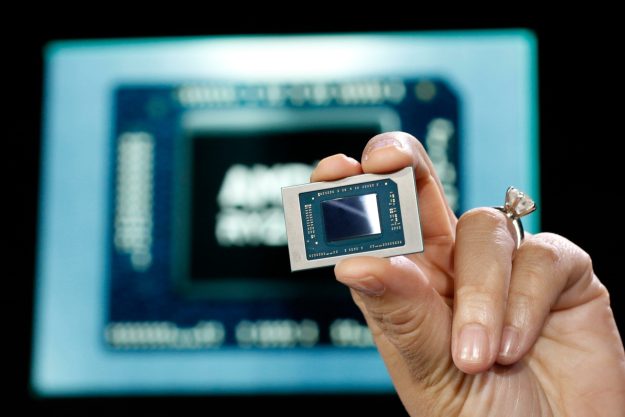The pre-order option for HTC’s upcoming Vive Pro virtual reality headset is now live, and with it arrives an updated list of system requirements you need to get the best experience possible. The company now provides two sets of graphics card requirements: Minimum and recommended. The Vive Pro doesn’t ship until April, so you still have time to upgrade and get the most out of HTC’s newest VR headset when it finally arrives.
Here are the hardware specifications:
| Minimum | Recommended | |
| Processor: |
Intel Core i5-4590 |
Intel Core i5-4590 |
| Graphics: |
Nvidia GeForce GTX 1060 |
Nvidia GeForce GTX 1070 |
| Memory: |
4GB |
4GB |
| Video output: |
DisplayPort v1.2 |
DisplayPort v1.2 |
| Connections: |
1x USB-A 3.1 Gen1 |
1x USB-A 3.1 Gen1 |
| Platform: |
Windows 8.1 |
Windows 8.1 |
Compared to the original Vive headset’s “recommended” requirements, the Pro’s minimum hardware specifications are seemingly unchanged save for the removal of the HDMI connection requirement, and an upgrade to USB 3.1 Gen1. But the Pro’s “recommended” system requirements are understandable given it demands a bit more processing power to render virtual reality at a higher visual level. The vanilla Vive unit provides a 2,160 x 1,200 combined resolution versus the Pro’s 2,880 x 1,600 combined resolution.
The drawback to the Vive Pro is that for $799, you’re only getting the headset and its companion link box — base stations and controllers are not included in that price. The optional accessory starter kit includes two base stations and two controllers, setting you back an additional $450. A single controller costs $130 while a single base station is another $135. That said, you can get a complete HTC Vive “vanilla” first-generation kit for $500 and still have a great experience.
Keep in mind, for the “best” experience for the Vive Pro, an upgrade to the GTX 1070 will cost at least $400 based on Nvidia’s Founders Edition pricing. But in the real world, prices are substantially higher due to a short supply and traditionally higher price tags supplied by manufacturers. Meanwhile, AMD’s Radeon RX Vega 56 suffers the same fate, with prices hovering around $538 and higher.
So let’s do the math. If you’re just jumping onto the virtual reality bandwagon, here are the options along with how much you will likely spend in total if your graphics card needs an upgrade too. We threw Facebook’s Oculus Rift into the mix as well:
| Complete Cost | With GPU upgrade | |
| HTC Vive Pro |
$1,250 |
$1,800 (GTX 1070) |
| HTC Vive |
$500 |
$870 (GTX 1060) |
| Oculus Rift |
$400 |
$770 (GTX 1060) |
If you’re already set hardware-wise, then the only component you need to consider is how much you want to sink into a niche market. If you need both the headset kit and a new graphics card to support the device, now simply isn’t a good time unless you have money to burn. As stated, the
Editors' Recommendations
- Everything HTC announced at ViveCon 2021: Vive Focus 3 and Vive Pro 2
- HTC offers cheaper Vive Pro Eye bundles, expands eye-tracking in VR
- HTC’s Vive Pro Eye, a $1,600 VR headset with eye-tracking, is all business


